Effective Strategies to Prevent Ingrown Hairs When Shaving
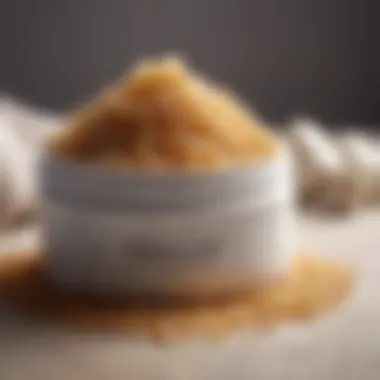
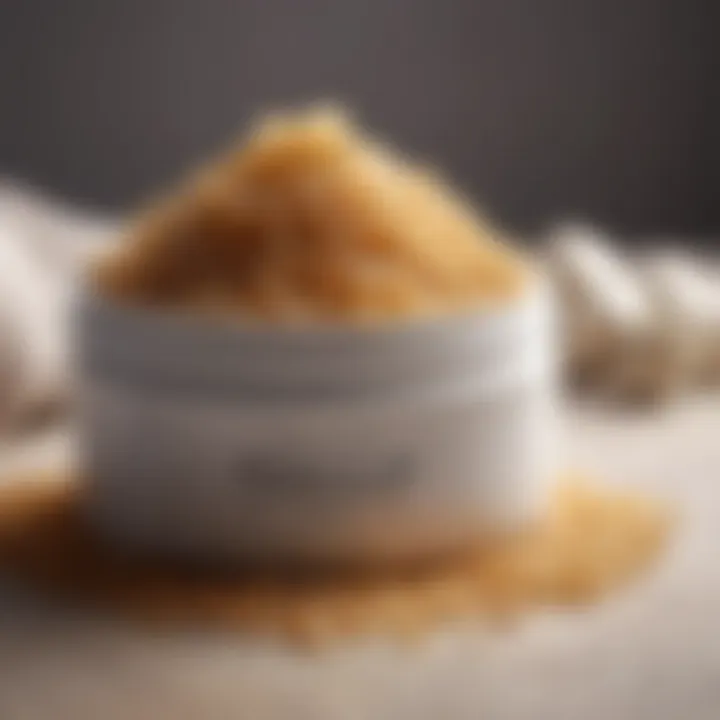
Fashion Trends
When it comes to shaving, avoiding ingrown hairs is a key concern for many individuals. In the realm of grooming, ensuring a smooth and clean shave without the aftermath of ingrown hairs is essential for maintaining healthy skin. Understanding the techniques and practices to prevent ingrown hairs while shaving is crucial for achieving a flawless grooming routine.
To prevent ingrown hairs during shaving, it is vital to adopt a preparatory routine that paves the way for a smooth and comfortable shave. Beginning with proper exfoliation before shaving helps to remove dead skin cells and unclog hair follicles, reducing the likelihood of hair growing back into the skin. By incorporating gentle exfoliation into your pre-shave regimen, you can create a clear path for the razor to glide smoothly across the skin, minimizing the risk of ingrown hairs. Selecting high-quality exfoliating products tailored to your skin type is paramount for effective exfoliation without causing irritation or sensitivity.
Following exfoliation, using a sharp razor in the direction of hair growth promotes a clean and precise shave while reducing the chances of ingrown hairs. Opting for a multi-blade razor or safety razor with a clean, sharp blade ensures a close shave without tugging or pulling on the hair follicles. Additionally, maintaining a consistent shaving technique and avoiding repetitive strokes over the same area can help prevent irritation and ingrown hairs.
Incorporating a soothing aftershave balm or lotion post-shave can provide hydration to the skin and reduce inflammation, contributing to a healthy skin barrier and minimizing the risk of ingrown hairs. Choosing an aftershave product with soothing ingredients such as aloe vera or chamomile can help soothe the skin and prevent redness or irritation after shaving. By following a comprehensive shaving routine that includes exfoliation, proper shaving techniques, and post-shave care, individuals can effectively prevent ingrown hairs and achieve smoother, healthier skin.
Understanding Ingrown Hairs
In the realm of grooming, understanding ingrown hairs is a crucial element that individuals must grasp to maintain healthy skin post-shave. By delving into the intricacies of ingrown hairs, one can comprehend the underlying causes and effective prevention methods. This knowledge empowers individuals to take proactive measures and minimize the occurrence of ingrown hairs, ensuring a smoother and irritation-free shaving experience.
What Are Ingrown Hairs?
Ingrown hairs occur when a shorn hair curls back or grows sideways into the skin, rather than emerging from the follicle. This often leads to inflammation, redness, and the formation of unsightly bumps on the skin. Understanding the nature of ingrown hairs is vital as it allows individuals to differentiate between regular razor bumps and ingrown hairs, enabling targeted treatment and prevention strategies.
Causes of Ingrown Hairs


The causes of ingrown hairs are multifaceted, ranging from improper shaving techniques to genetic predispositions. Sharp or dull razors, lack of exfoliation, and shaving against the hair growth direction are common culprits. Additionally, individuals with curlier or coarser hair types are more prone to ingrown hairs due to the hair's tendency to double back into the skin. Recognizing these contributing factors is essential in preemptively addressing and mitigating ingrown hair development.
Common Areas for Ingrown Hairs
Ingrown hairs can manifest on various parts of the body, with sensitive areas such as the face, neck, bikini line, and legs being particularly susceptible. These regions often experience closer shaves, leading to a higher likelihood of hair regrowth being trapped beneath the skin surface. Understanding the common areas prone to ingrown hairs enables individuals to adopt targeted preventive measures, such as gentle exfoliation and proper post-shave care, to keep ingrown hairs at bay.
Pre-Shave Preparation
In the realm of grooming, pre-shave preparation is an essential cornerstone for ensuring a smooth and irritation-free shaving experience. Understanding the significance of pre-shave rituals can greatly impact the overall outcome of your shaving routine. Prior to picking up your razor, there are key aspects within pre-shave preparation that demand attention and meticulous care.
Exfoliation
Exfoliating the skin before shaving is a crucial step in preparing the surface for a close shave. By removing dead skin cells and lifting hairs that lie flat against the skin, exfoliation helps prevent ingrown hairs from forming. Choose a gentle exfoliant that suits your skin type and massage it in circular motions to slough off any build-up. This process not only aids in achieving a smoother shave but also diminishes the likelihood of ingrown hairs.
Hydration
Hydrating the skin adequately before shaving is paramount in softening the hair follicles and creating a barrier between the razor and your delicate skin. Opt for a hydrating pre-shave product or simply splash warm water on your face to open up the pores and soften the hair. Ensuring proper hydration before shaving reduces friction, resulting in a more comfortable shaving experience and lowering the risk of ingrown hairs.
Choosing the Right Razor
Selecting the appropriate razor is a critical decision that can significantly impact the occurrence of ingrown hairs. Different razors cater to varied skin types and shaving preferences. Consider factors such as the number of blades, blade sharpness, and type of razor (safety razor, cartridge razor, electric razor) when choosing the right tool for your shaving needs. A quality razor that suits your skin and hair type can mitigate the chances of developing ingrown hairs, providing a smoother and irritation-free shave.
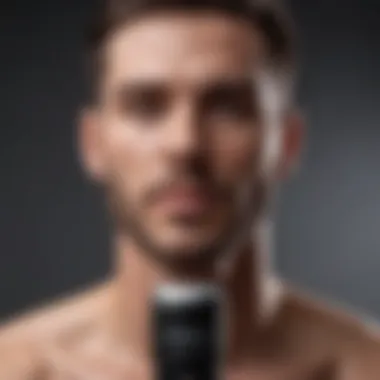
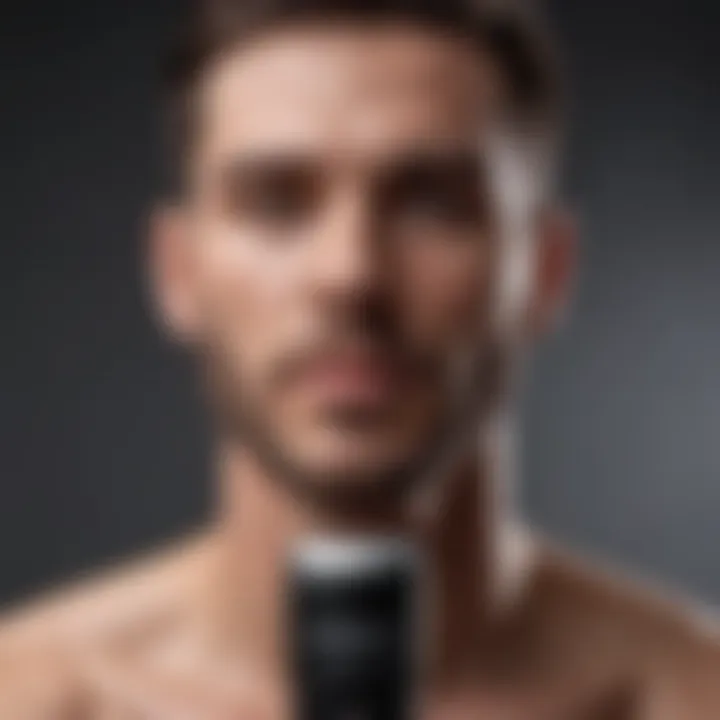
During Shaving
The 'During Shaving' phase is a critical component in the battle against ingrown hairs. Proper shaving technique plays a significant role in reducing the risk of these pesky nuisances. By paying attention to specific elements during the shaving process, individuals can reap numerous benefits. Firstly, adopting the right technique ensures a closer shave, reducing the likelihood of hairs getting trapped beneath the skin surface. Secondly, it promotes skin health by minimizing irritation and inflammation commonly associated with improper shaving methods.
Proper Shaving Technique
Proper shaving technique is pivotal in the fight against ingrown hairs. It involves more than just the act of shaving itself. To begin, always prep the skin adequately with warm water to soften the hair and open up the pores. Next, apply a quality shaving cream or gel to create a smooth surface for the razor to glide effortlessly. When shaving, use gentle, short strokes in the direction of hair growth to prevent hairs from curling back into the skin. Avoid going over the same area repeatedly, as this can cause irritation. Lastly, be sure to rinse the razor frequently and change blades regularly to maintain sharpness and precision.
Razor Blade Maintenance
Accurate maintenance of razor blades is crucial for preventing ingrown hairs. A sharp, clean blade is essential for effective shaving without causing trauma to the skin. After each use, thoroughly rinse the razor under hot water to remove any residue. Drying the blade with a towel and storing it in a dry place helps prevent rust and bacterial growth. Regularly changing blades, typically after 5-7 uses, ensures optimal sharpness for a smooth shaving experience.
Avoiding Aggressive Shaving
One of the primary causes of ingrown hairs is aggressive shaving. Pressing too hard on the razor or shaving too closely can lead to hairs being cut below the skin's surface, increasing the risk of ingrown hairs. To avoid this, use a light hand pressure while shaving and allow the razor to do the work. Shave in the direction of hair growth, not against it, to minimize skin trauma. Remember, patience is key – do not rush the shaving process to reduce the chances of ingrown hairs post-shave.
Post-Shave Care
Post-shave care is a critical aspect of the shaving process, often overlooked but essential for maintaining healthy skin. After shaving, the skin is in a vulnerable state, and proper care can prevent various issues, including ingrown hairs. Moisturization, avoiding tight clothing, and using ingrown hair treatments play crucial roles in post-shave care.
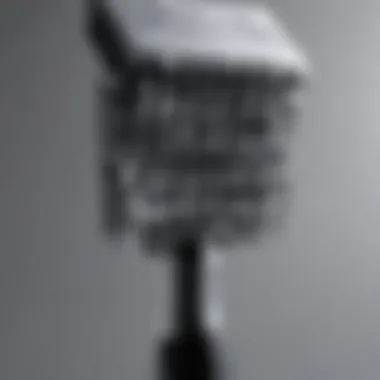

Moisturization
Moisturization is key to post-shave care as it helps to hydrate and soothe the skin, reducing inflammation and preventing ingrown hairs. Opt for a gentle, alcohol-free moisturizer to replenish the skin's moisture barrier without clogging pores. Look for ingredients like hyaluronic acid or glycerin for deep hydration. Applying a moisturizer post-shave locks in moisture and promotes skin healing, making it less prone to ingrown hairs.
Avoiding Tight Clothing
Wearing loose clothing after shaving is essential to prevent ingrown hairs. Tight clothing can irritate the skin, leading to inflammation and further hair growth complications. Opt for breathable fabrics like cotton to allow the skin to breathe and minimize friction. Avoiding tight clothing post-shave reduces the risk of hairs getting trapped beneath the skin's surface, thus preventing ingrown hairs.
Using Ingrown Hair Treatments
Incorporating ingrown hair treatments into your post-shave routine can help address existing ingrown hairs and prevent future occurrences. Look for products containing salicylic acid or glycolic acid to exfoliate the skin gently and unclog pores. These treatments help to release trapped hairs and prevent them from curling back into the skin. Using targeted ingrown hair treatments regularly can transform your post-shave care routine, ensuring smoother and bump-free skin.
Additional Tips and Strategies
In this section, we delve into additional tips and strategies that play a pivotal role in preventing ingrown hairs post-shave. These supplementary techniques serve as the final layer of defense against ingrown hairs, ensuring a smooth and bump-free skin surface. By incorporating these extra measures into your shaving routine, you significantly reduce the likelihood of encountering ingrown hairs, elevating your overall shaving experience.
Natural Remedies for Ingrown Hairs
Natural remedies for ingrown hairs offer a holistic approach to addressing this common skincare concern. From soothing inflammation to promoting hair follicle health, natural remedies like tea tree oil, aloe vera, and witch hazel possess anti-inflammatory and antibacterial properties that aid in preventing and treating ingrown hairs. By embracing these natural solutions, individuals can nurture their skin, relieve discomfort, and minimize the occurrence of ingrown hairs organically.
Professional Solutions for Ingrown Hairs
When natural remedies fall short, professional solutions step in to provide advanced care for stubborn ingrown hairs. Laser hair removal, chemical exfoliation treatments, and microdermabrasion procedures are among the professional interventions that target ingrown hairs with precision. These clinical-grade solutions offer effective outcomes in managing ingrown hairs, particularly for individuals struggling with persistent or severe cases. Consulting a skincare professional for tailored solutions can lead to long-lasting results and improved skin health.
Consulting a Dermatologist
Consulting a dermatologist is paramount for individuals grappling with recurrent ingrown hairs or experiencing adverse skin reactions post-shave. Dermatologists are equipped with the expertise to diagnose underlying skin conditions contributing to ingrown hairs and prescribe targeted treatment plans. Through professional evaluation and personalized care, dermatologists can address ingrown hairs comprehensively, ensuring optimal skin health and minimizing future occurrences. By seeking dermatological guidance, individuals can access specialized care and tailored solutions for their unique skincare needs.















